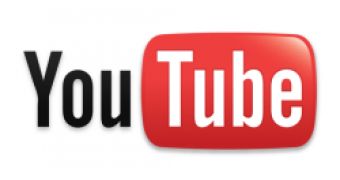Google doesn't usually let outsiders dictate product features or updates and prefers to do a lot of in-house testing and experimenting. But, then again, YouTube isn't exactly Google, it managed to keep some of its personality even after being acquired by the giant web company. So it's taking an alternative approach, by Google standards, by going for for the most democratic option out there, letting the users decide through voting.
"What would you want to see fixed on the site? What would you remove completely, if you had your druthers? We'll use your feedback to help prioritize what we focus on, so we can all experience a cleaner, easier-to-use YouTube," Margaret Stewart, user experience manager at YouTube wrote.
So YouTube is giving every user, and there sure are a lot of them, a chance to have his or her voice heard and contribute ideas or vote on the ones they like from other users. They have two weeks to do so after which YouTube plans to count the votes and use the best ideas as inspiration for new features or changes.
As of right now, HTML5 is at the very top of user requests with 9 out the top 10 'ideas' being related to either the upcoming HTML5 standard or more specifically to using the <video> capabilities of the standard to replace the current Flash-based player with open technologies and open codecs.
The number one request at the moment which reads "Support HTML5 open web video with open formats" was submitted by an open source advocate and has been making rounds through various social services picking up supporters. Right now it has well over 11,000 votes and almost double the votes its runner up has, which incidentally is also about HTML5 and open formats.
While it's nice to see people get all worked up about open formats and standards, it unlikely that it will change too much in the way YouTube does things. Google is a great advocate of HTML5, in fact YouTube has been already experimenting with a pure HTML5 video player, and would surely implement the feature wider if it believed it was ready. As it stands, the <video> tag and open codecs like Theora aren't quite up to par with either Adobe flash or the commonly used proprietary codecs.
In any case, YouTube isn't leaving it entirely to the users and will take a more traditional approach to product development as well. "We'll be using a number of inputs to build our "to do" list: usage data that shows the things you use the most versus things that very few people use; usability testing that can help us understand what's broken that needs fixing," Stewart added. Whatever YouTube chooses to do, you can be sure that exciting times are ahead for the largest video site on the planet.

 14 DAY TRIAL //
14 DAY TRIAL //